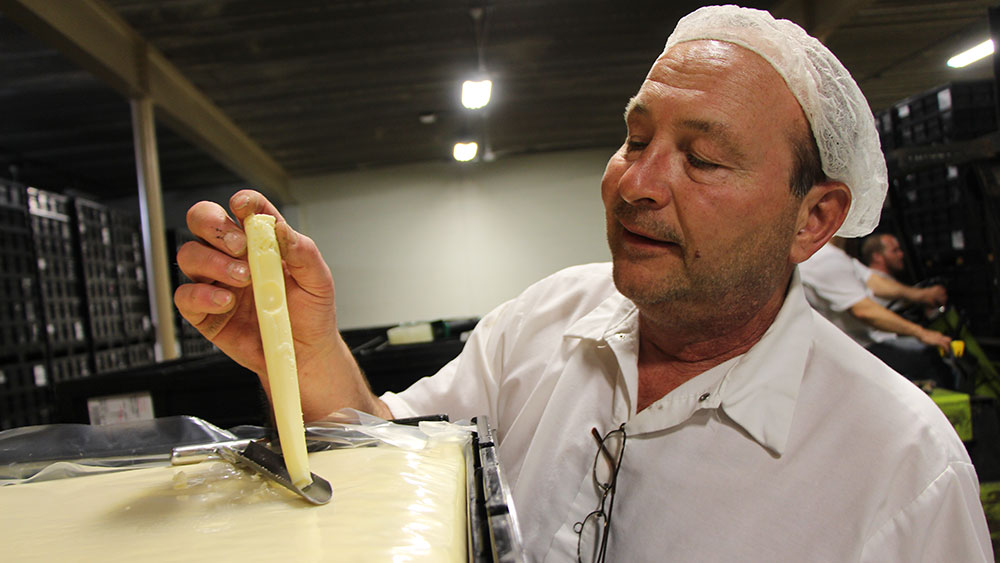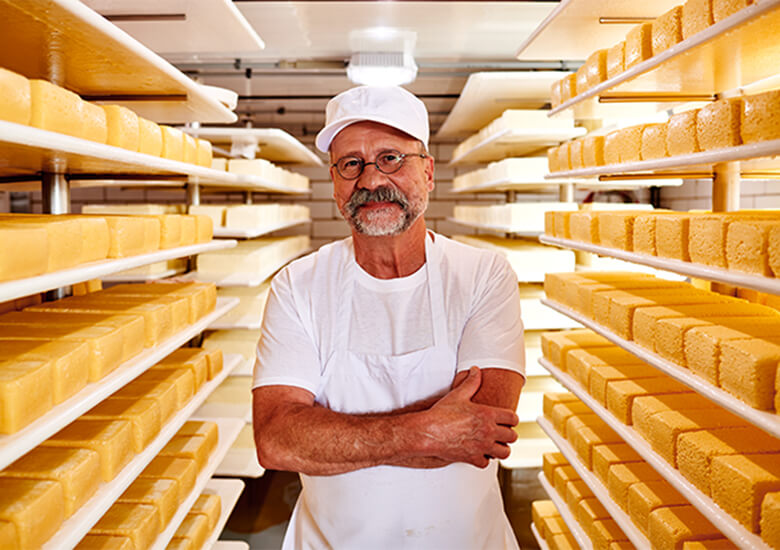Discover the Art of Floridia Cheese: An Overview to Cheese Makers Melbourne
Discover the Art of Floridia Cheese: An Overview to Cheese Makers Melbourne
Blog Article
Opening the Secrets of Artisanal Cheese Making: A Detailed DIY Guide
In the world of cooking craftsmanship, artisanal cheese making stands as a testament to the fragile equilibrium in between tradition and development. Each action in the procedure, from selecting the ideal milk to improving aging methods, holds within it a wide range of understanding gave through generations. As we embark on this journey to debunk the art of creating elegant cheeses, we are faced with a tapestry of secrets and skills waiting to be deciphered. Join us as we explore the ins and outs of this old craft, where art, scientific research, and persistence merge to produce tastes that entice the detects.
Choosing the Right Milk
When embarking on the trip of artisanal cheese production, the option of milk plays a vital role in establishing the quality and characteristics of the final item. The type of milk selected impacts the flavor, texture, and in general profile of celebrity. Raw milk, right from the animal, is chosen by numerous artisanal cheesemakers due to its unique blend of enzymes, bacteria, and flavor substances. However, using raw milk comes with dangers and guidelines, making pasteurized milk a more secure option for beginners.
When selecting milk for cheese production, it is very important to take into consideration the fat web content. Higher fat web content in milk can cause a creamier and richer cheese, while reduced fat content might lead to a drier and stronger structure. In addition, the resource of the milk, whether from cows, goats, lamb, or buffalo, contributes unique tastes and attributes to the cheese (Melbourne Made Cheese). Each kind of milk brings its own subtleties, permitting a wide variety of cheese selections to be crafted based on the chosen milk. Inevitably, the choice of milk is an essential choice that sets the structure for a successful artisanal cheese-making undertaking.
Culturing and Coagulating
To start the cheese-making process, the vital actions of culturing and coagulating should be very carefully implemented to transform milk into curds and whey. Culturing involves presenting beneficial germs to the milk, which after that begins the fermentation process. These bacteria transform lactose (milk sugar) right into lactic acid, producing the acidic atmosphere necessary for coagulation. The type of culture utilized can dramatically impact the taste, appearance, and ripening of the last cheese item.

The timing and temperature control during culturing and coagulation are critical variables that influence the last outcome of celebrity. Correct execution of these actions is vital to make certain the wanted texture, taste, and uniformity of the artisanal cheese being created.
Draining Pipes and Pressing Curds
After the milk healthy proteins have coagulated and the curds have actually been reduced to launch whey, the following important step in artisanal cheese making involves draining and pushing the curds to accomplish the desired structure and uniformity of the final cheese item. The time for draining pipes can vary depending on the type of cheese being made and the wanted dampness web content.
Once the curds have actually completely drained, the next step is pushing. Pressing helps expel any type of remaining whey and compacts the curds to develop a strong cheese wheel. Pushing can be done making use of specialized cheese presses that apply gentle and consistent pressure over a period of time. The duration and stress applied during pressing will affect the final appearance of the cheese, from soft and luscious to tough and firm. Proper draining and pressing are vital actions that considerably affect the top quality and features of the artisanal cheese being produced.
Aging and Flavoring Methods
Implementing thorough aging and flavor techniques is pivotal in boosting the depth and intricacy of artisanal cheeses, raising their preference profiles to charming levels of improvement and elegance. Aging plays a critical function in developing the one-of-a-kind flavors and appearances that distinguish artisanal cheeses. Throughout the aging procedure, cheeses are stored in meticulously regulated environments where aspects such as moisture, temperature, and airflow are controlled to motivate the development of advantageous molds and microorganisms. This controlled setting enables the cheese to mature slowly, establishing complex scents and abundant tastes.
Seasoning methods additionally add significantly to the last preference of artisanal cheeses. Cheesemakers might pick to present extra flavors by integrating components such as herbs, seasonings, and even fruits right into celebrity during the manufacturing procedure. Additionally, some cheeses are washed or massaged with different liquids, such as salt water or alcohol, to boost their structures and tastes.
Wrapping and Keeping Cheeses

Final Thought
In final thought, grasping the art of artisanal cheese making involves very carefully selecting the best milk, adhering to exact culturing and coagulating procedures, draining pipes and pushing curds successfully, and utilizing different aging and flavor strategies. By adhering to find more these actions carefully and with interest to information, you can produce your very own tasty and special cheeses in the house. Keep in mind to wrap and save your cheeses properly to ensure ideal taste and structure development. Happy cheese making!
Each type of milk brings its very own nuances, permitting for a large array of cheese selections to be crafted based on the selected milk.After the milk proteins have coagulated and the curds have actually been cut to release whey, the next critical step in artisanal cheese making entails draining pipes and pressing the curds to achieve the preferred structure and uniformity of the last cheese product. The majority of cheeses should be wrapped in wax paper or cheese paper to enable them to breathe while shielding them from drying out. For cheeses that need to continue aging, such as bloomy rinds or cleaned skins, guarantee they are stored in a visit this site right here great setting like a cheese cave or a refrigerator set to the appropriate temperature. By paying interest to the wrapping and storage of artisanal cheeses, cheese manufacturers and fanatics can preserve the honesty of these delicacies and fully enjoy their complicated tastes.
Report this page